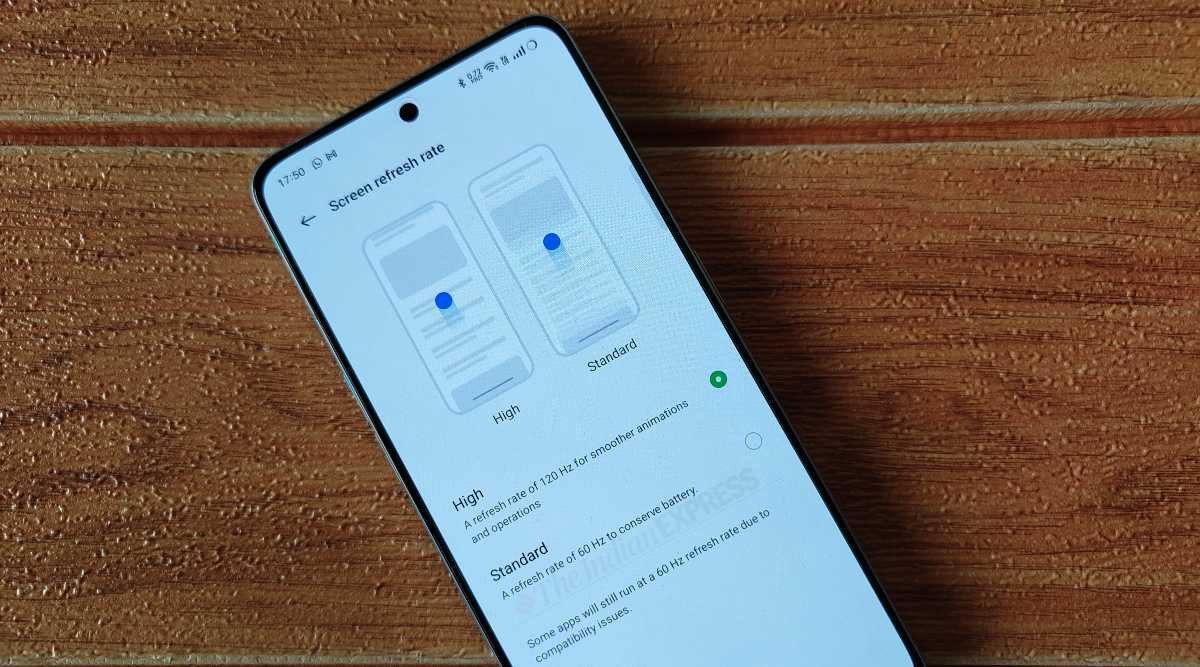The smartphone market is in a huge bottleneck worldwide. After the recent events, we shared Qualcomm's opinion on this issue. But despite such a bottleneck, according to analysts, LTPO Oled display panel supply continues to double compared to last eye! So what is LTPO Oled panel?
In addition to the recent decline in consumers' demand for phones, companies' inflation and inventory (stock management) problems have also negatively impacted the smartphone market. According to the latest reports, global smartphone sales are expected to drop by 18 percent and 1.425 billion units are expected to be sold. Despite this decline, however, LTPO Oled panel shipments are expected to nearly double, up 94%. Samsung Display and LG Display will generally be responsible for the production of LTPO panels, and the share is expected to increase from 58% to 64%.
What is LTPO Oled panel?
LTPO Panel (low-temperature polycrystalline oxide) is used in OLED technology and the refresh rate of the screen can be dynamically controlled with the graphics unit directly on the phone without any additional components. For example, LTPO panels used by Apple in the iPhone 13 Pro/Pro Max and iPhone 14 Pro/Pro Max series can operate at instantaneous refresh rates between 120Hz and 1Hz. Well, if you ask what is the plus of this system, of course, battery consumption. Because the most battery-consuming hardware on phones is usually the screen.
The screens on our phones usually refresh their pixels 60 times per second. Pixels flashing 60 times per second look like a moving image to us. Different phone models may have screens that refresh 90, 120, 144 or 165 times per second instead of 60. This process is not fixed in LTPO panels. The panel can refresh its screen 1 time per second or 120 times per second. Especially when the phone screen is not active, such as the home page or lock screen, the refresh rate can be reduced to 1Hz and great savings in battery life can be achieved.

Peki ya diğer panellerin durumu?
Increasing shipments of LTPO panels means a decrease in other panel types. Shipments of Amoled panels are expected to decrease by 19% to 44 million, while shipments of LCD panels are expected to decrease by 26%. The biggest plus of this situation for the consumer is the possibility of seeing new generation panels on more affordable phones.
What do you think about this subject? Should LTPO panels become common in every phone? You can express your ideas in the comments.
Source: https://www.ithome.com/0/656/712.htm
